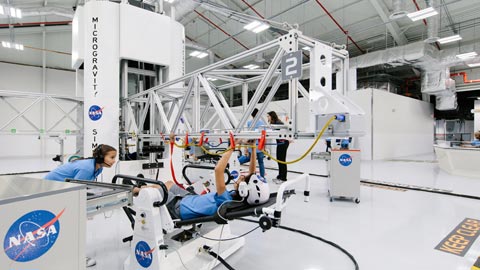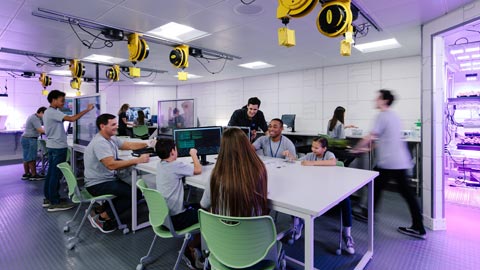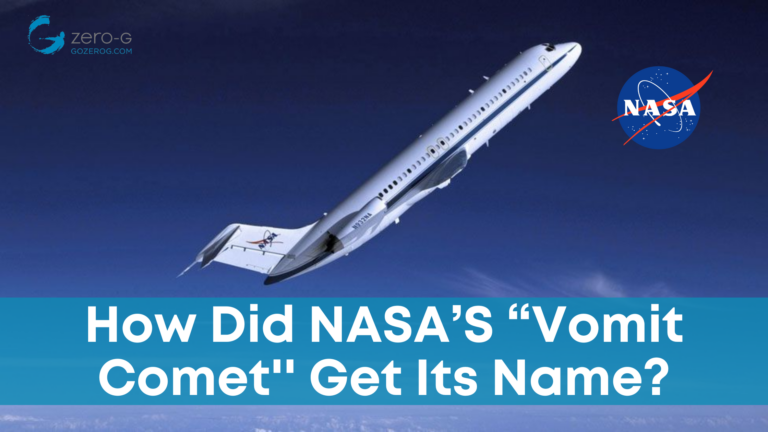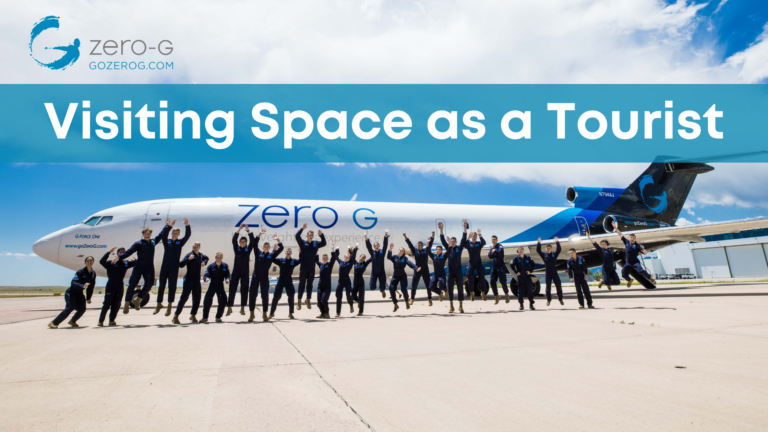March 15, 2023
Earthly “Space-cations” for Budding Space Tourists
5 min read
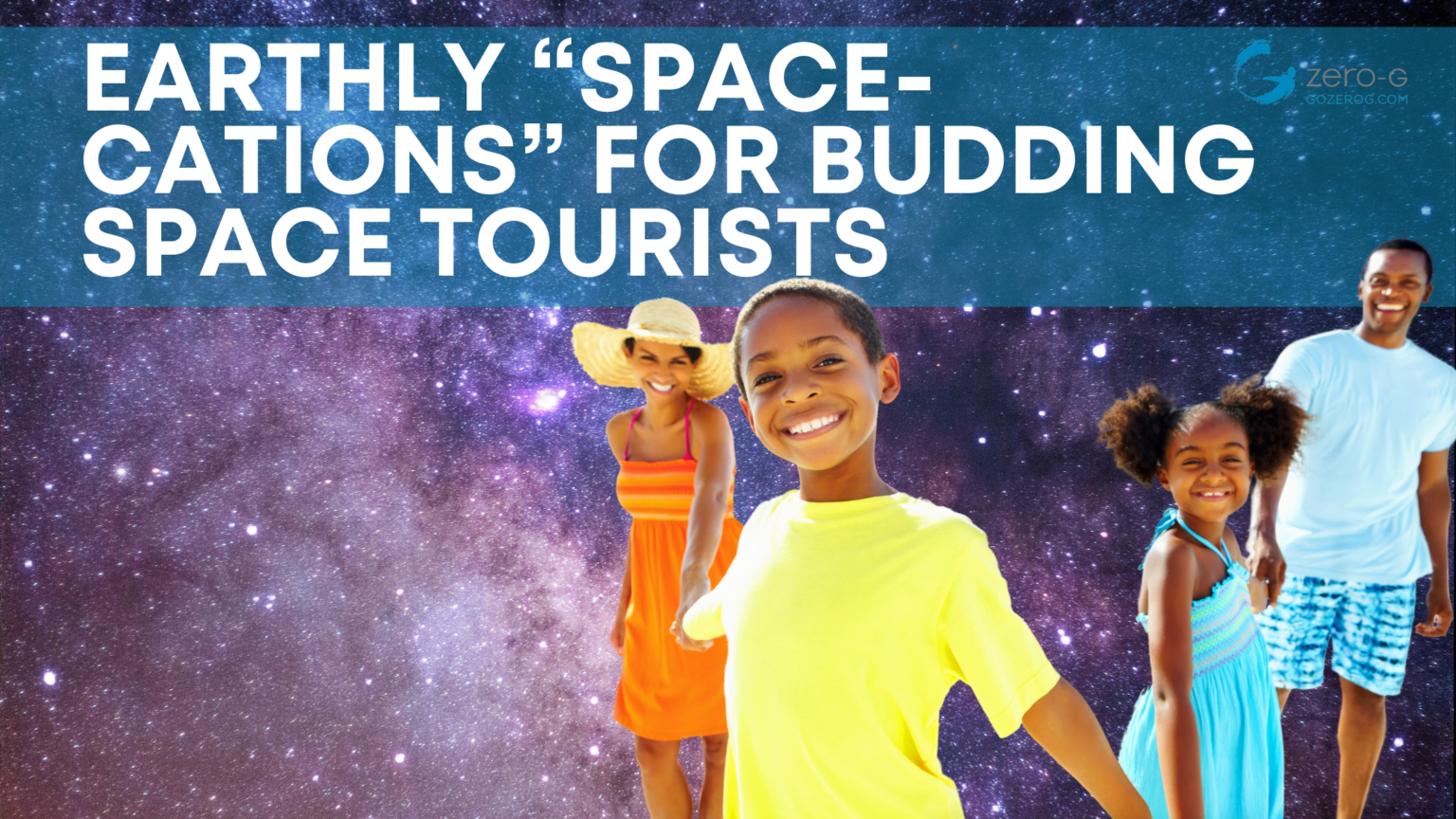
It’s hardly been 60 years since launching the first man into orbit around the Earth, and now private companies are offering trips to the edge of outer space to anyone who can pay the six-figure fare and are healthy enough for the trip.
While the budding space tourism industry has plenty to offer for various space-related activities, such as experiencing zero gravity, there are plenty of fantastic options for those looking for something fun and space-related while keeping their feet on Earth.
An Earth-bound space vacation – or “space-cation” – is a space-oriented experience that enables the human imagination to run wild without leaving its favorite planet.
Here are more than a dozen space-cation ideas to suit every budding space tourist– what a better way to celebrate more than six decades of human space travel!
Breakfast with an Astronaut
Visit the Space Center Houston on Saturday mornings (and some Fridays), and you can have breakfast with an astronaut! A veteran astronaut (see the appearance schedule on the website) will share stories while the group enjoys breakfast catered by famed chef Wolfgang Puck. Join in a live Q&A session and get a personalized astronaut photo. This is NASA’s ultimate astronaut-meeting opportunity.
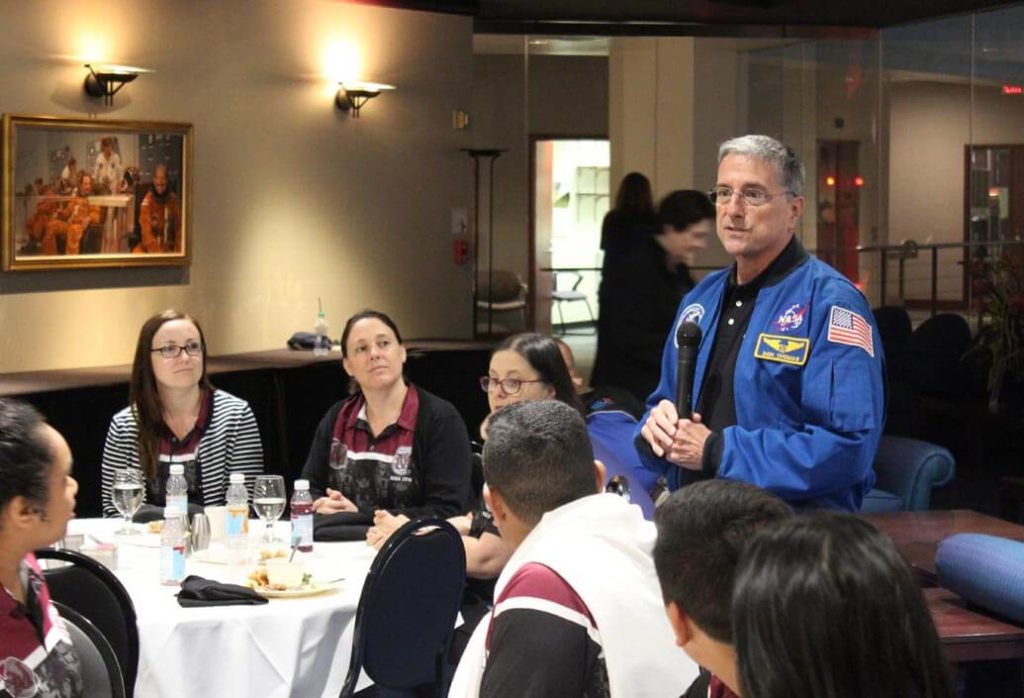
Credit: Space Center Houston
Tickets include admission after breakfast to all of the Space Center Houston exhibits.
Fun Fact: Apollo 16 Astronaut Charles Duke left a photo of his wife and sons sitting atop a bench on the Moon. On the back of the photo, he wrote, ’This is the family of Astronaut Duke from Planet Earth. Landed on the Moon, April 1972.” It’s there to this day.
International Dark-Sky Places
Founded in 2001, the International Dark-Sky Places (IDSP) program promotes the preservation and protection of dark sky sites. They work with communities, parks, and protected areas worldwide to encourage responsible lighting policies and public education.
As of April 2022, there are 196 certified IDSPs around the globe, divided into five different designations:
- International Dark-Sky Communities (IDSC) – cities and towns that educate residents about the importance of dark skies and adopt ordinances to control outdoor lighting.
- International Dark-Sky Parks (IDSP) – natural conservation spaces, whether publicly or privately owned, that use controlled outdoor lighting and provide visitor programs about dark skies.
- International Dark-Sky Reserves (IDSR) – these are dark “core” zones surrounded by a populated periphery that has enacted policies to preserve darkness within the core.
- International Dark-Sky Sanctuaries (IDSS) – the darkest and most remote places in the world, with the most fragile conservation status.
- Urban Night Sky Places (UNSP) –Sites near or surrounded by large urban areas that nevertheless promote an authentic nighttime experience to the extent possible amid substantial artificial lighting at night.
IDSP publishes an interactive world map listing all certified dark-sky locations by their geographic coordinates, with additional information on each one’s official name, land area, elevation, and year of designation. There are certified dark-sky locations across the USA and every continent except Antarctica.
Fun Fact: The city of Blanco, Texas, population 2100, is the newest IDSC. They were certified in 2022 after a 15-year effort, including a detailed 295-page application. Blanco is in the Texas Hill Country and was founded in 1853 by Texas Rangers.
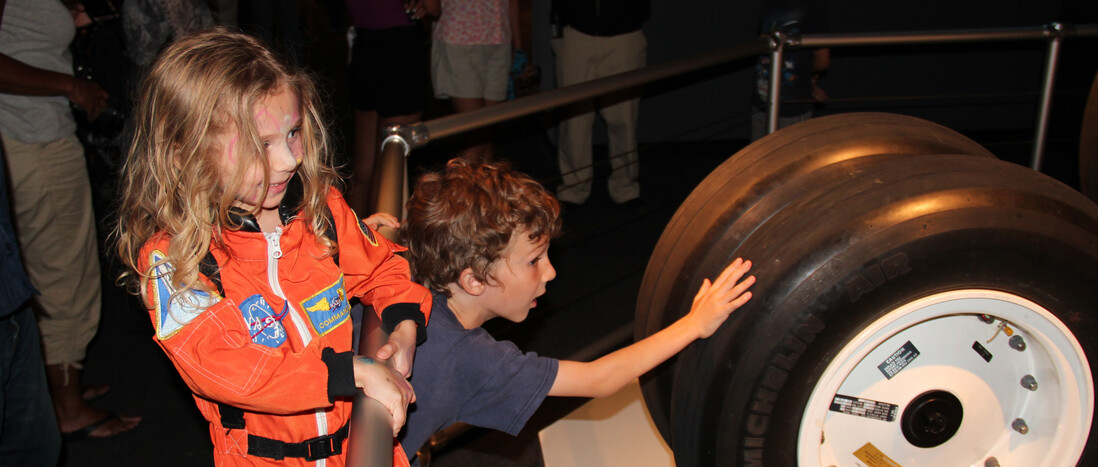
Photo credit: California Science Center
California Science Center
Located at Exposition Park in Los Angeles, the California Science Center is home to three original space vehicles:
- The Apollo-Soyuz command module flown in 1975 by U.S. astronauts Slayton, Stafford, and Brand as part of the first-ever international space mission
- The Gemini 11 capsule on which Dick Gordon and Pete Conrad rode into space in 1966
- The Mercury-Redstone 2 rocket capsule used to test spaceflight theories in 1961
Fun Fact: Many people think NASA invented Tang, the orange-flavored drink crystals. In reality, the space agency simply made it famous by using it aboard spaceships. Tang had been created several years earlier by a food scientist, William Mitchell, at General Foods. He also developed quick-set JELL-O, Cool Whip, and Pop Rocks.
Astronaut Training Experience® (ATX)
Along with Mars Base 1, its companion program, the Astronaut Training Experience (ATX), will bring you as close as possible (without leaving Earth) to training, living, and working on the Red Planet.
You can practice docking skills, navigate the Martian terrain, and perform a spacewalk. Using immersive simulation technology, ATX lets you solve real-world problems using authentic NASA science.
The program is located at Kennedy Space Center on Merritt Island, Florida, for individuals and groups aged ten or older. A paying adult must accompany anyone under age 17.
Fun Fact: Although our atmosphere extends 6,214 miles above the Earth’s surface, outer space begins at just 62 miles above sea level. That’s the location of the Karman line, which is used in space treaties and space-related recordkeeping to define the start of outer space.
Spaceports
Spaceports are sites from which American spacecraft have been launched into orbit or on interplanetary trajectories. There are 20 spaceports in nine states, including Alaska, California, Colorado, Florida, Georgia, New Mexico, Oklahoma, Texas, and Virginia.
The Russian equivalents are known as cosmodromes. They include the first (and still largest) such site in the world, the Baikonur Cosmodrome, constructed in 1955. The Earth’s first satellite, and Russian astronaut Yuri Gagarin, the first man in space, were both launched from Baikonur.
Fun Fact: Germany’s V-2 rockets were the first to reach space (1944). Following World War II, 70 complete V-2 rockets were brought to the U.S. for test launches from the White Sands Missile Range in New Mexico, reaching altitudes between 62 and 132 miles.
Space-Themed Documentaries
Experience the universe, travel to remote starts, explore our solar system, and more through the hundreds of high-quality space documentaries available.
IMAX
In Asteroid Hunters, you can explore the cosmic origins of asteroids and the potential harm they pose to Earth. Released in 2020, the film introduces several asteroid scientists and explores the cutting-edge tools and techniques used to find and track asteroids. Now playing in science center theaters across the U.S.
Magellan TV
Magellan TV offers more than 60 different documentary programs on space, many at 4K streaming quality. Most are about 40 minutes long, although there are a few series with up to 36 different episodes of 30 minutes and longer each.
Magellan TV is available ad-free on Roku, Amazon Fire, Google Play, iOS, Vizio, and other streaming platforms for subscription rates ranging from $4.99 to $6.99 per month. Free trial periods of 7 to 14 days are also available.
Amazon Prime Video
Amazon Prime Video offers several space documentaries, including the acclaimed Apollo 11 film created from thousands of hours of previously undiscovered footage and audio recordings and released in 2019.
Netflix
Netflix is another streaming site with many high-quality documentaries about space. One of the newest is Black Holes: The Edge of All We Know, released in 2021.
Fun Fact: Modern spacesuits weigh about 280 pounds before the astronaut puts them on, which takes about 45 minutes. In the microgravity environment of space, a spacesuit weighs nothing. Astronauts wear special undergarments that help them cool inside the thick suits.
Final Thoughts: Space on Earth
Make this the year you enjoy an out-of-this-world space experience right here on planet Earth. From Mars to the cosmos, spaceports to dark skies, rocket ships to virtual reality, plenty of space-cation options are just waiting for you to explore!
And for another space-cation you won’t ever forget, consider a Zero-G Experience®!
Experience true weightlessness and try out some fun ideas at zero gravity. Available on scheduled dates at various locations across the U.S. Book your flight today.

